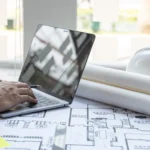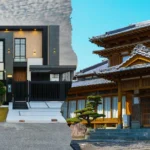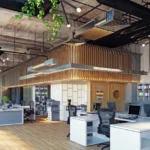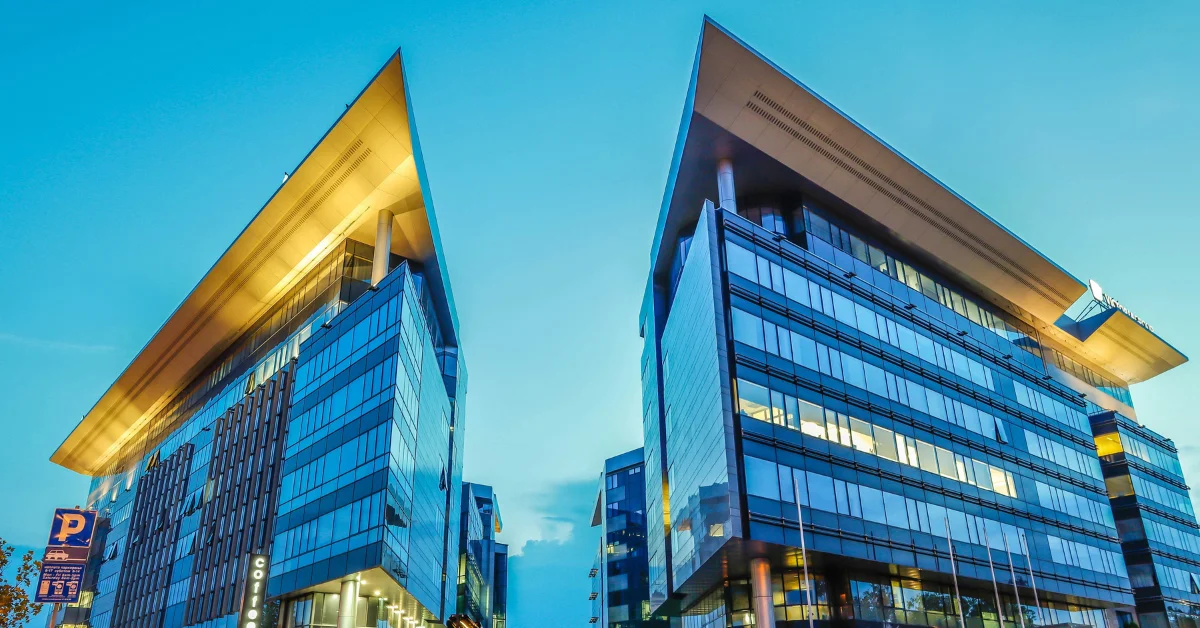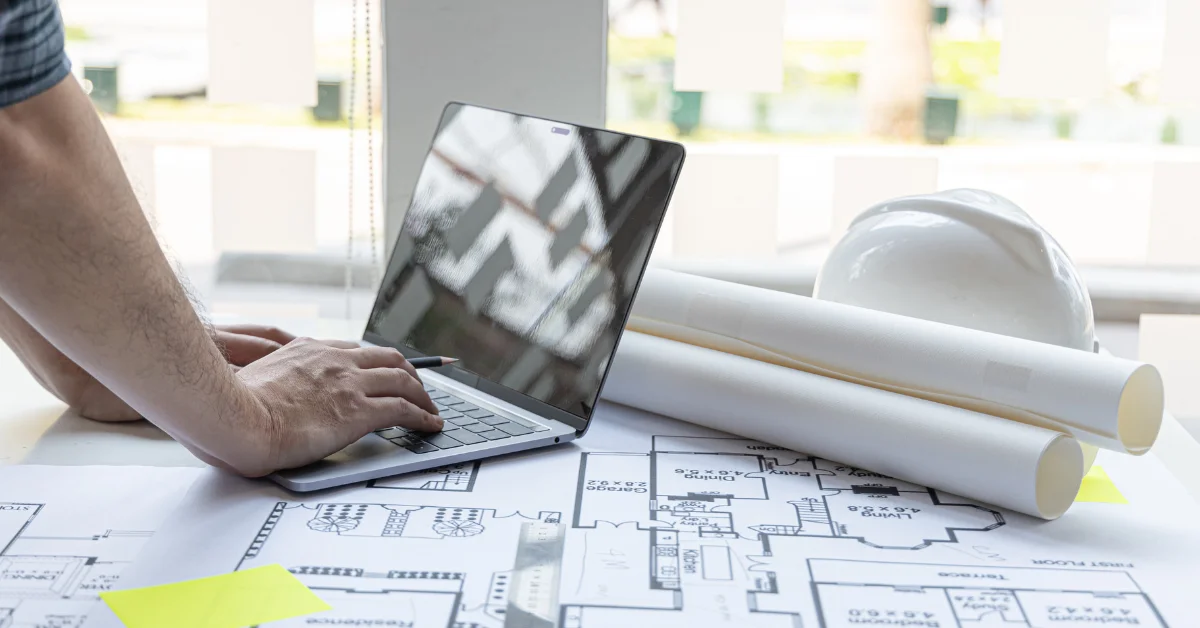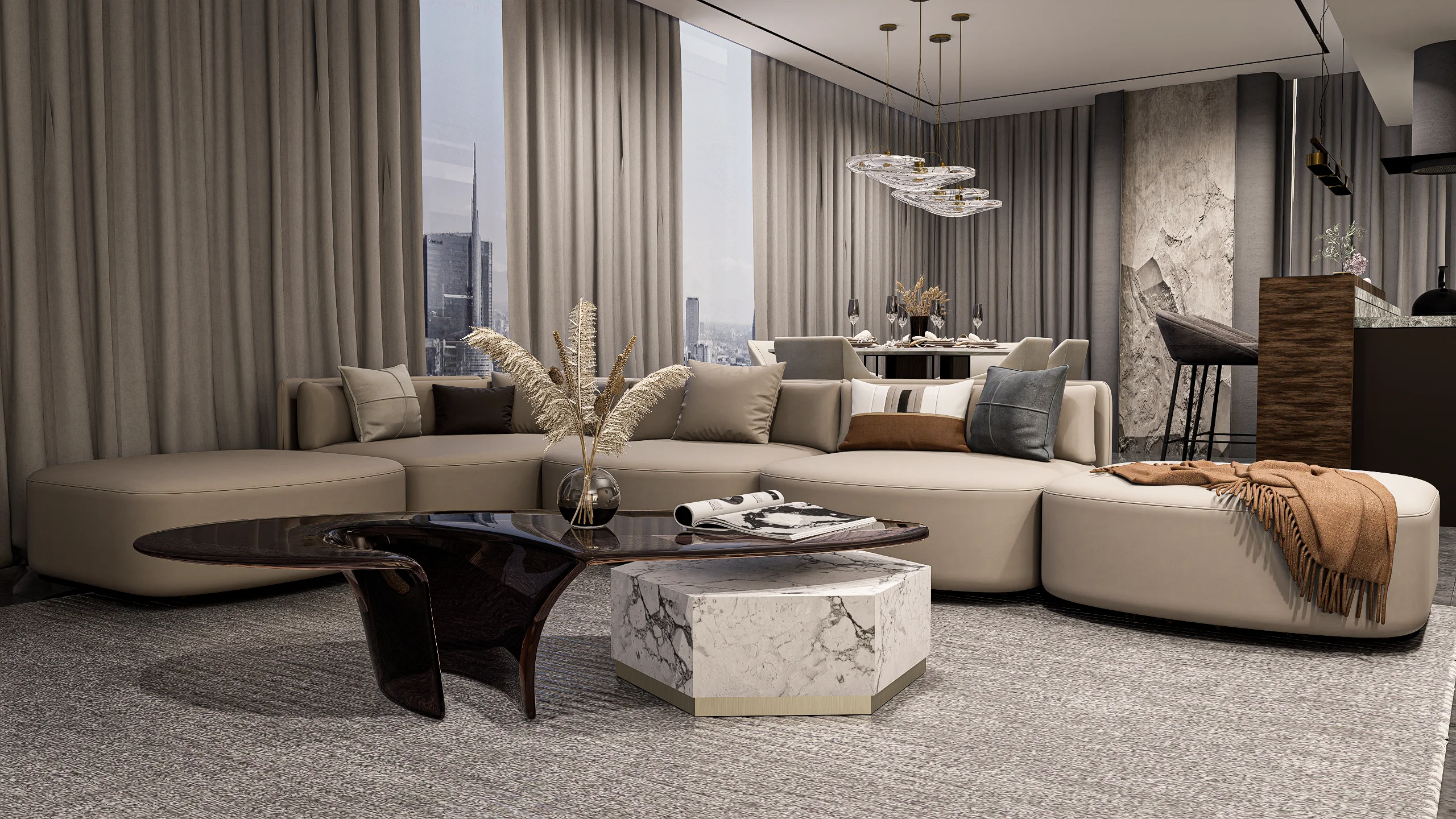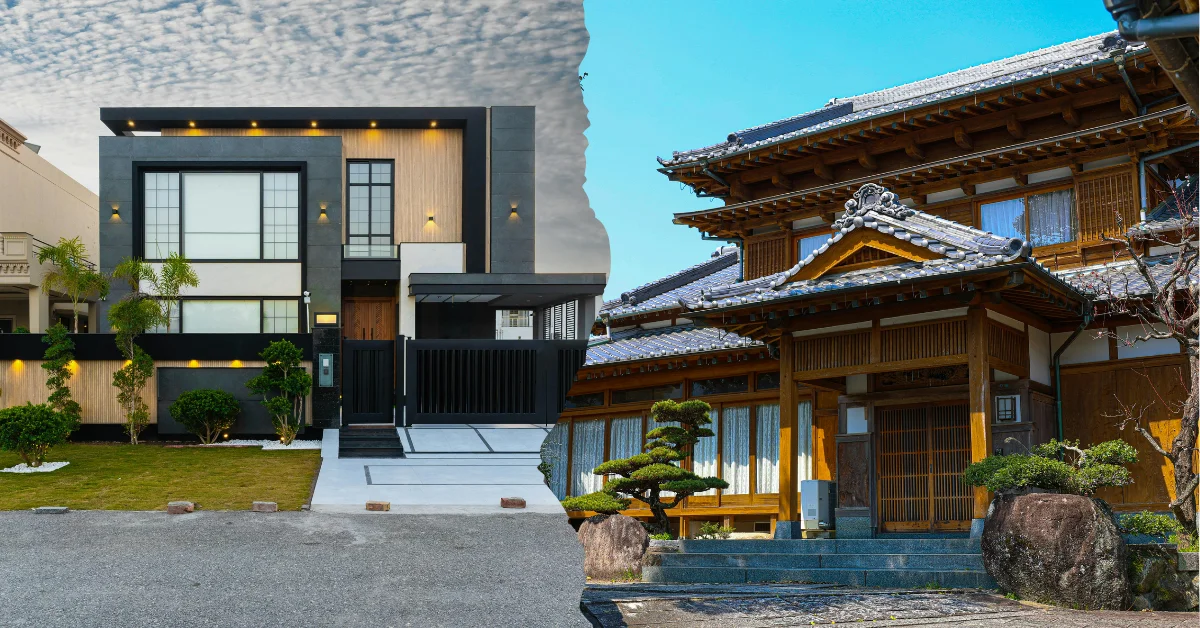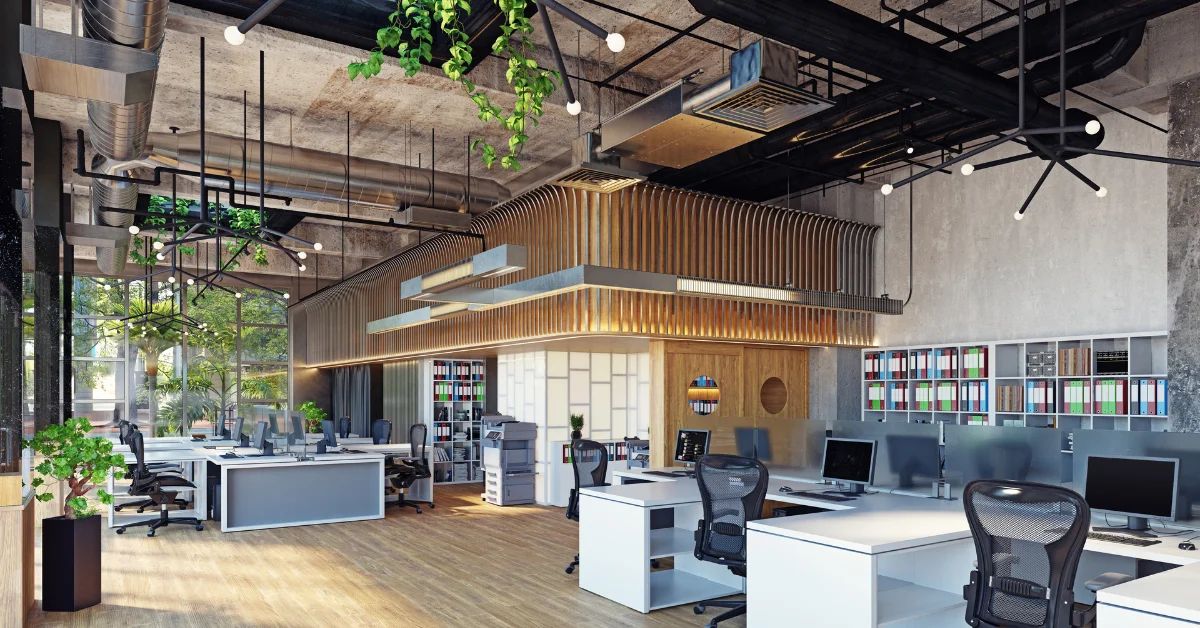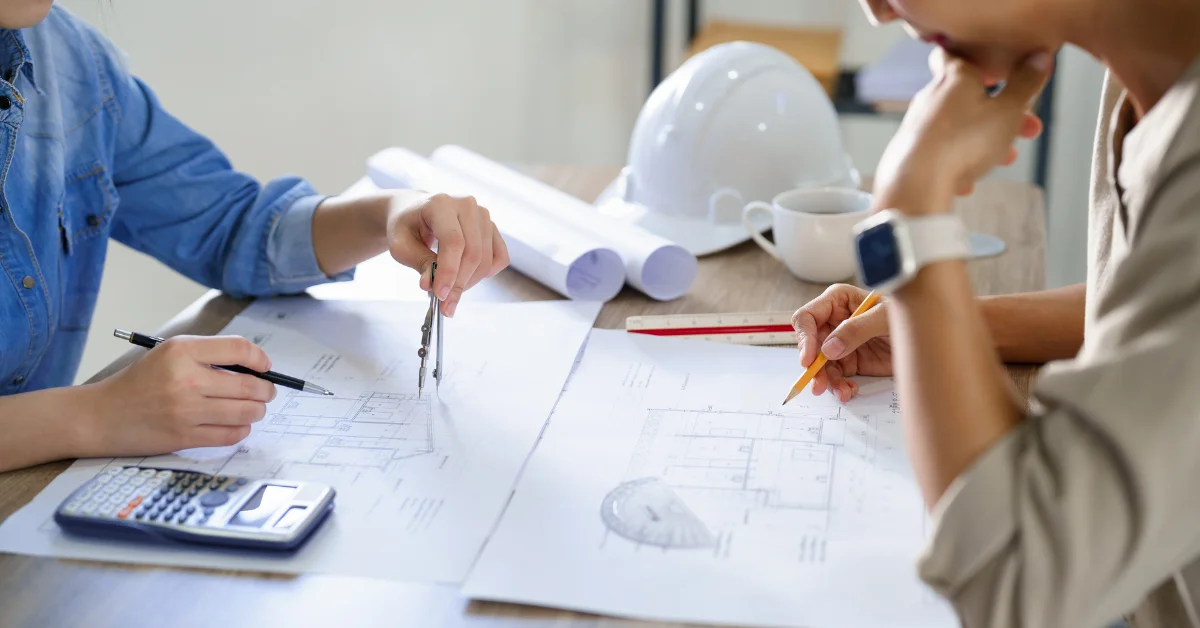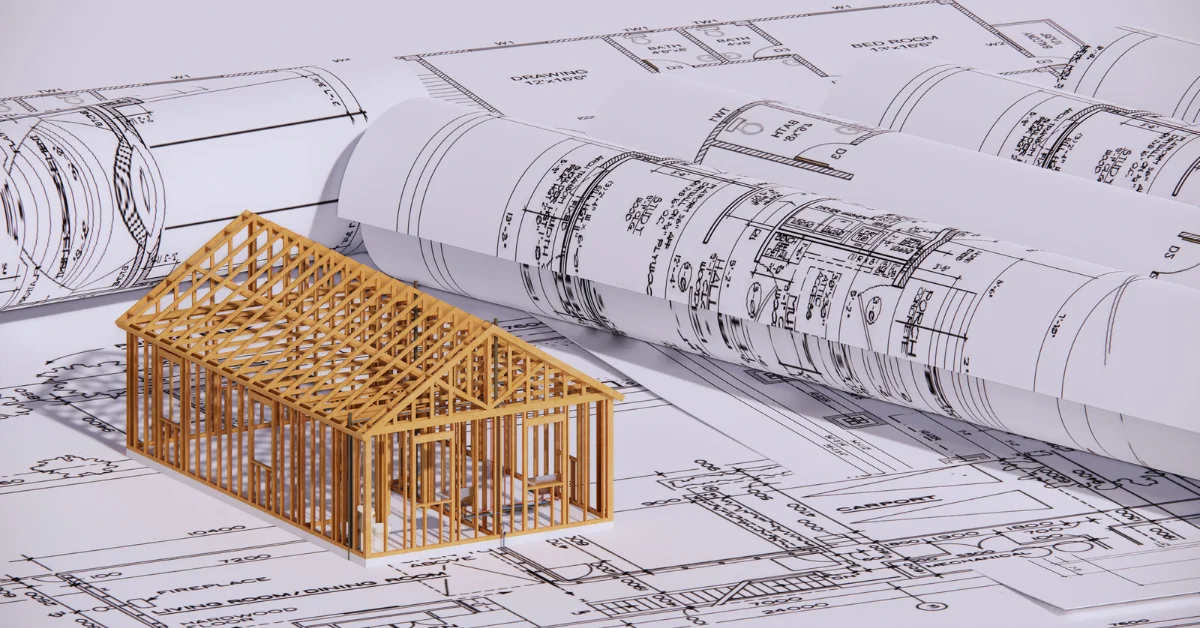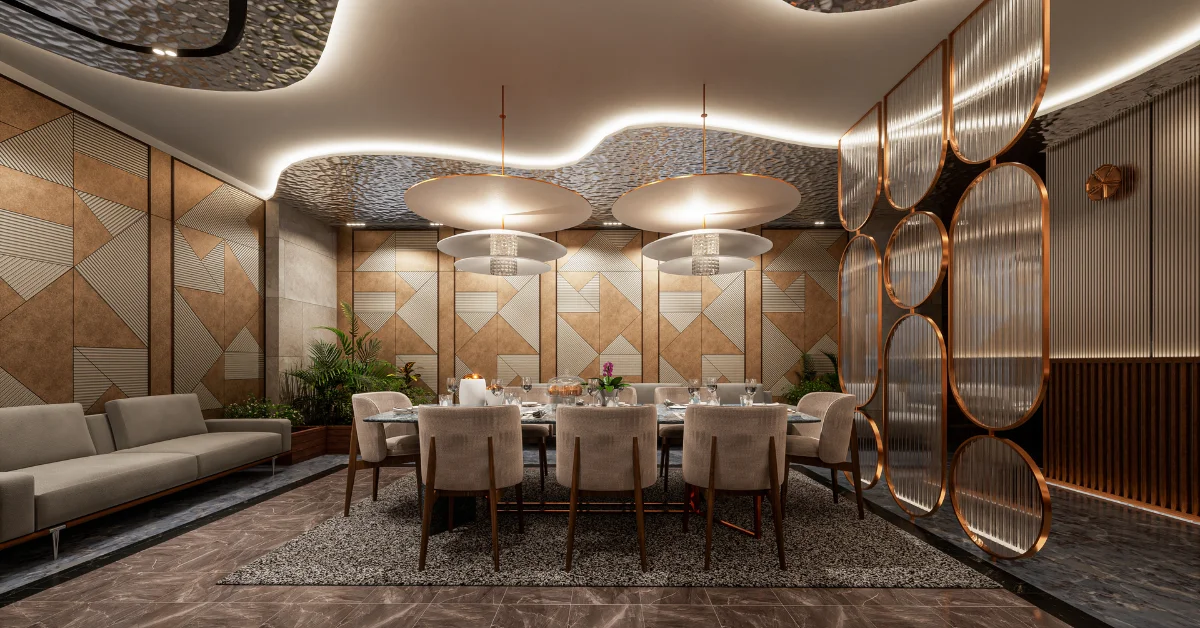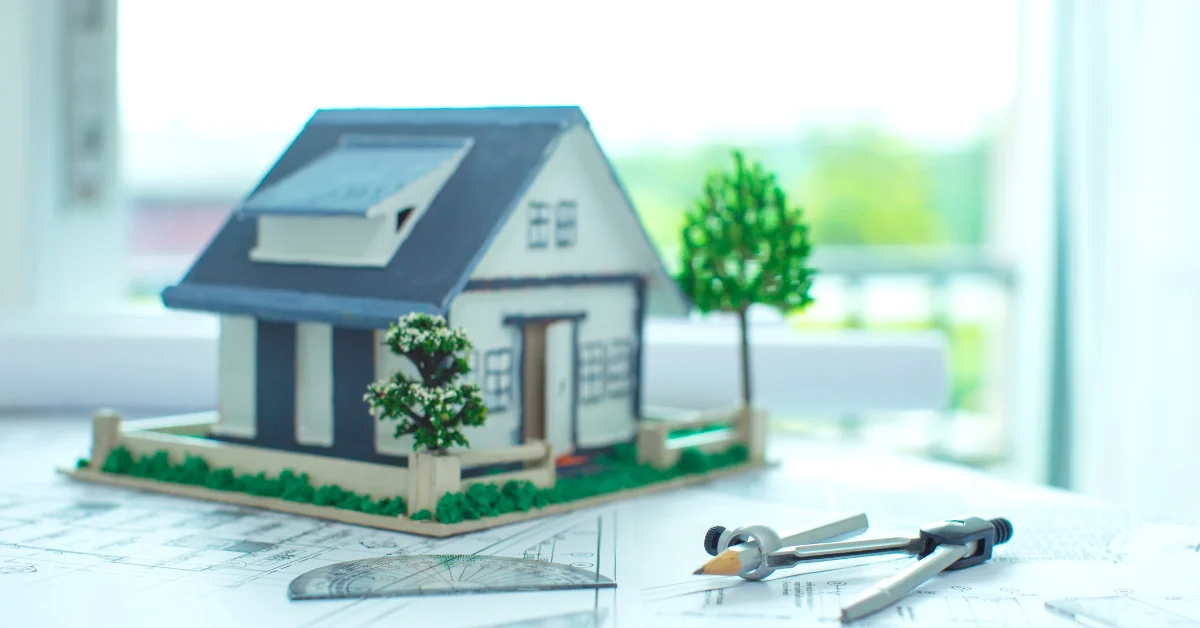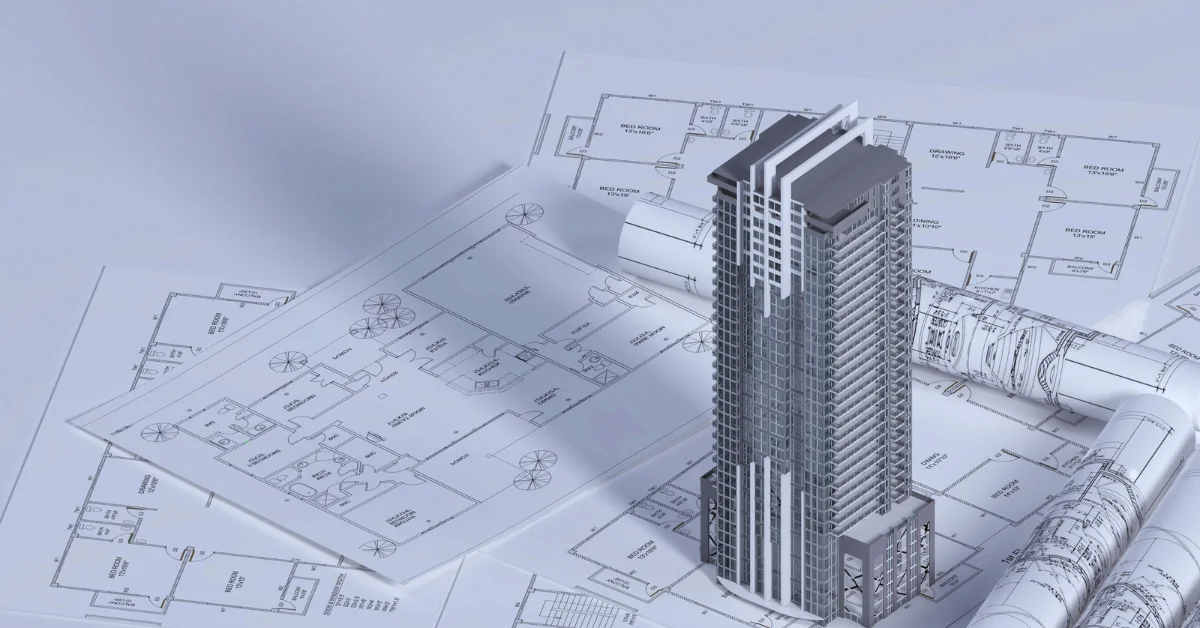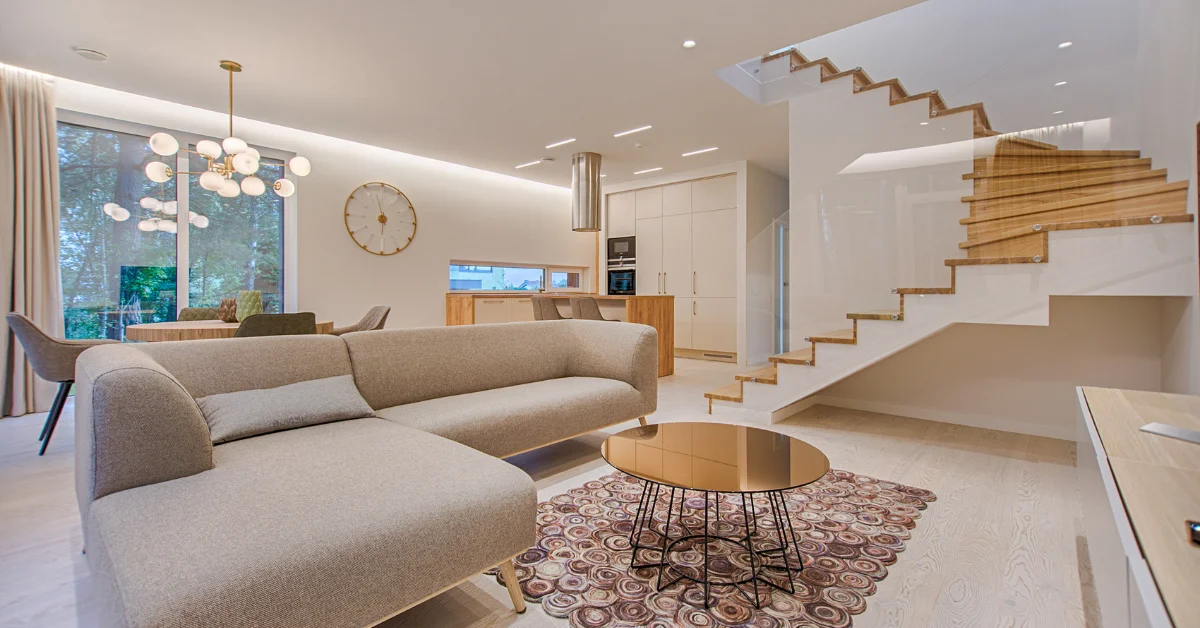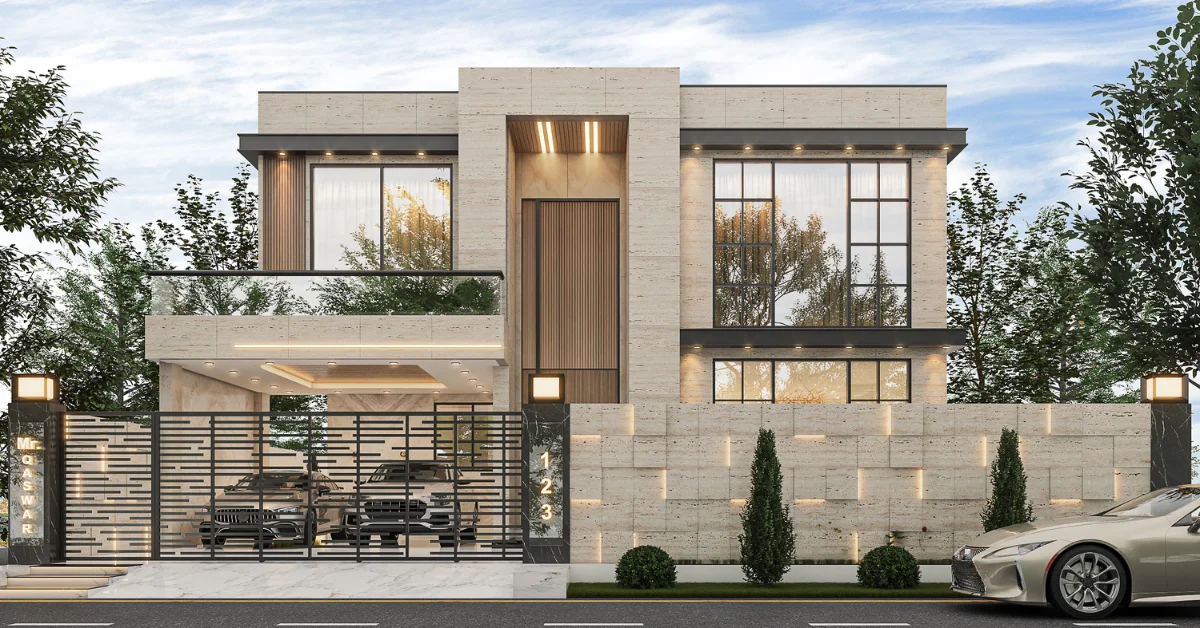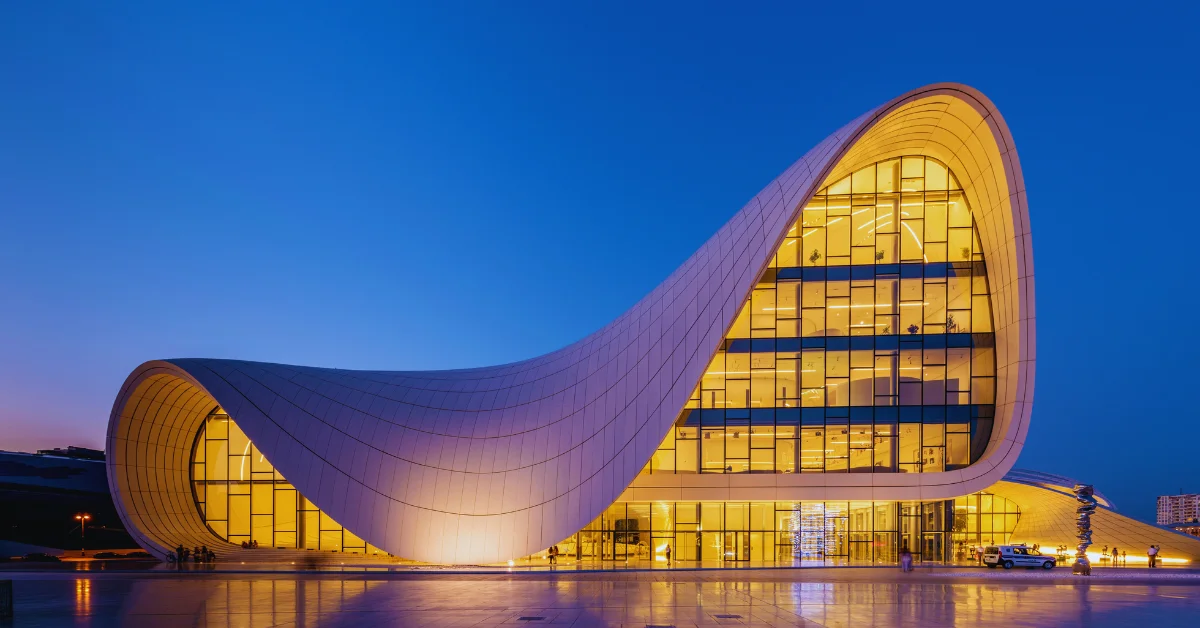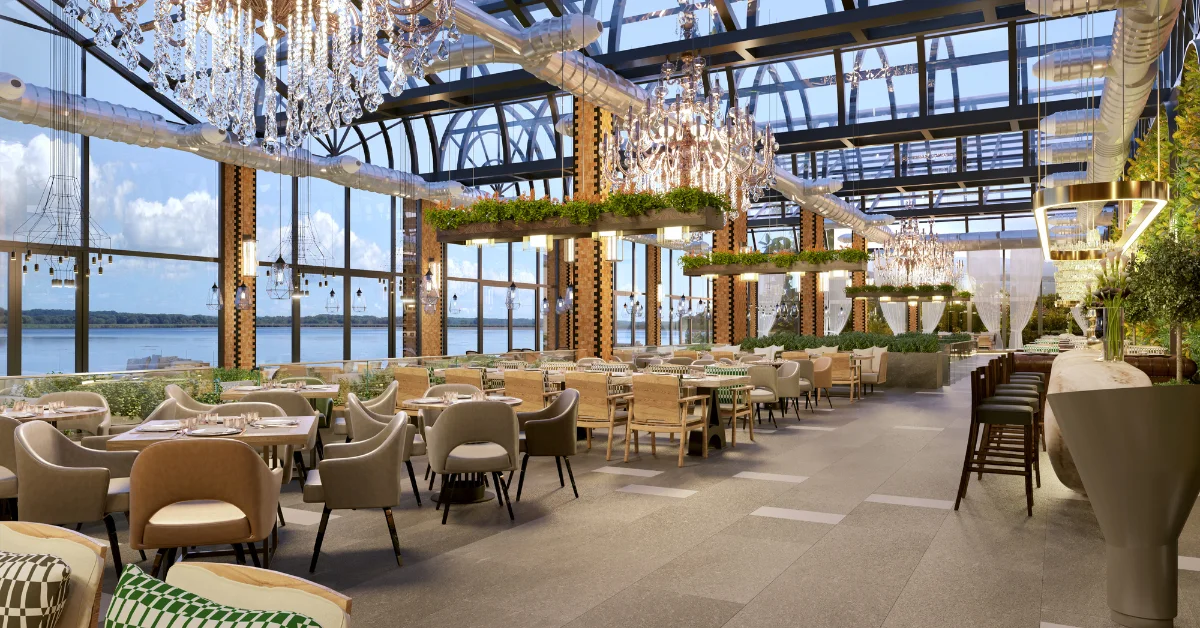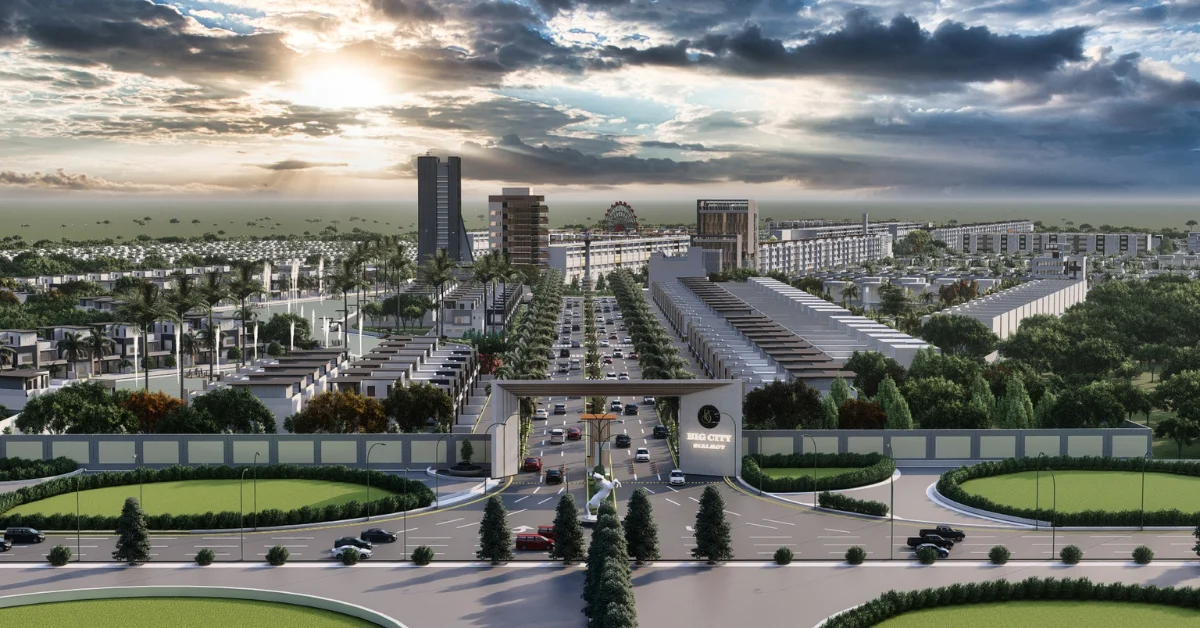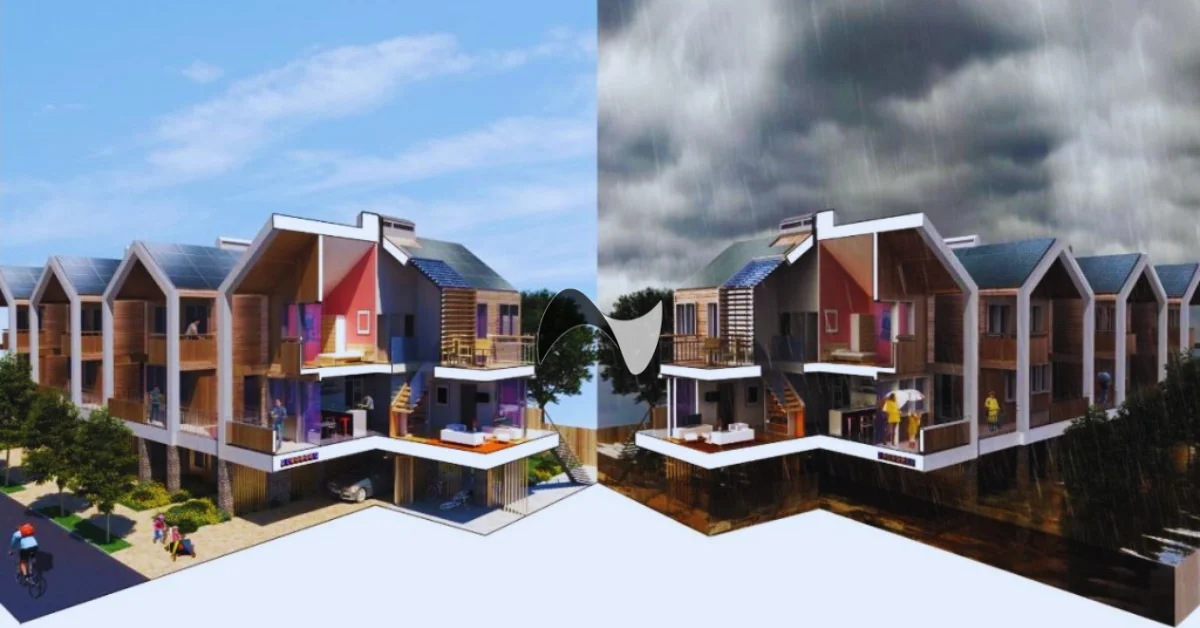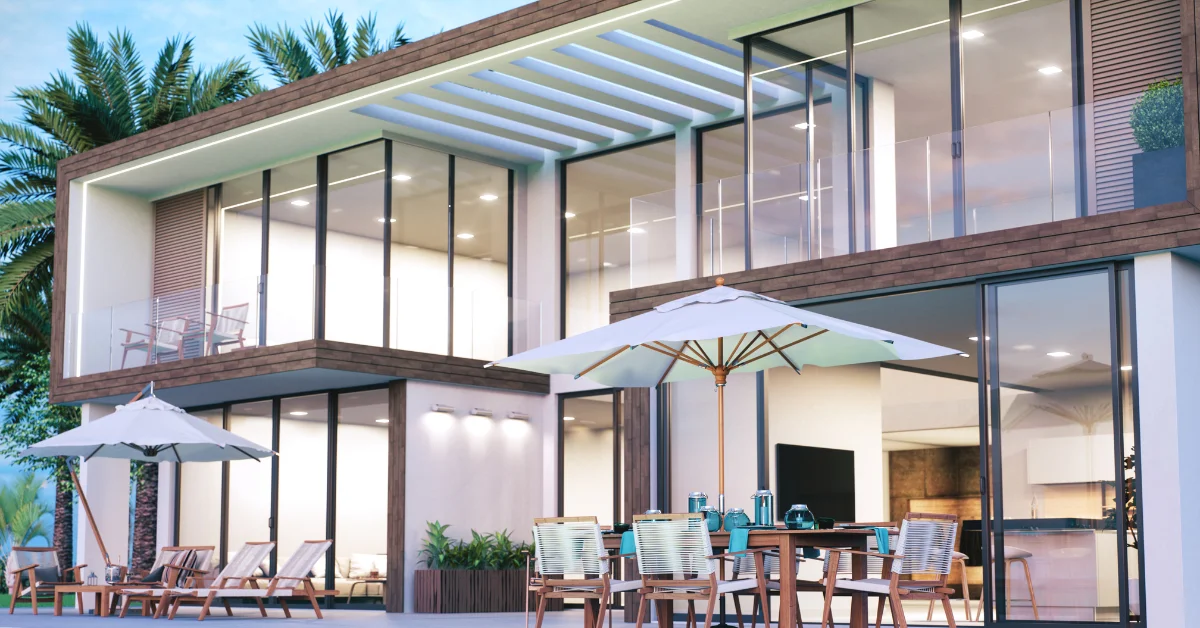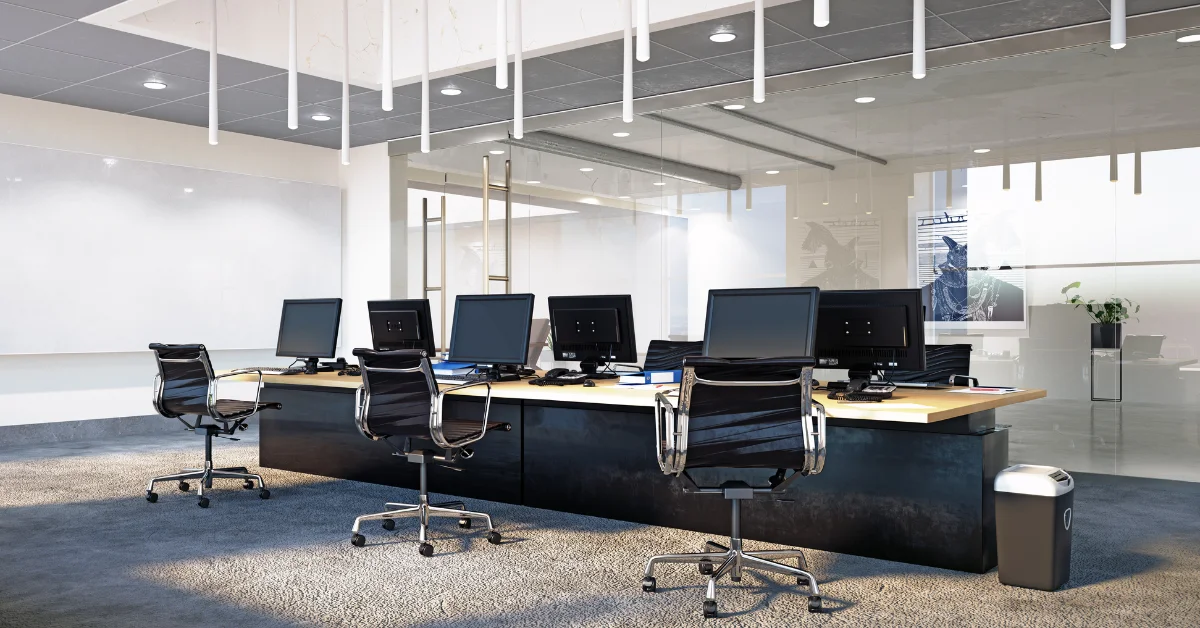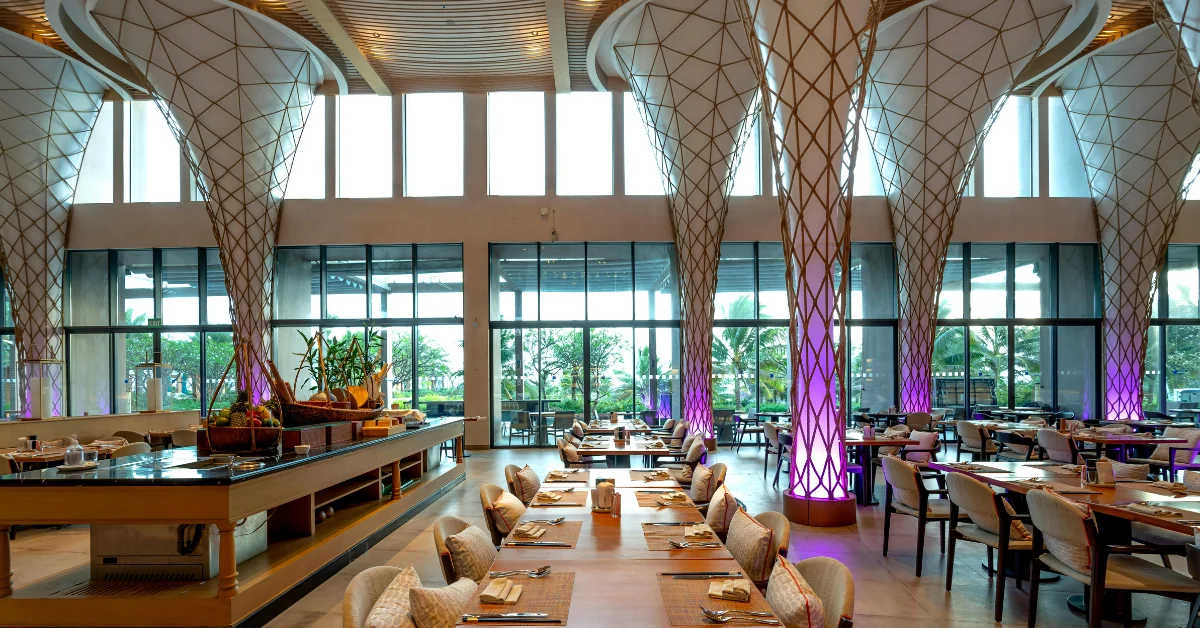Think about the last time you dined at a restaurant. Was it only the food that made the experience unforgettable? Or was it the atmosphere—the lighting that set the mood, the colors on the walls, the arrangement of tables, and the overall vibe—that made you stay longer? That’s the hidden charm of restaurant interior design. It goes far beyond furniture and décor; it’s about shaping emotions, telling your brand’s story, and encouraging guests to return again and again. In this guide, we’ll explore the best restaurant interior design ideas and essential principles that can completely transform your dining space. Whether you’re running a cozy café, a luxury fine-dining spot, or a casual eatery, these ideas will help you craft an ambience that delights customers and boosts your brand image.
Why Restaurant Interior Design Matters
- First impressions are everything – the ambience greets your guests before your staff does.
- Comfort equals loyalty – cozy, well-planned seating encourages repeat visits.
- Design reflects identity – rustic décor whispers tradition, while sleek minimalism screams modern elegance.
- Aesthetic spaces drive sales – today’s Instagram generation loves to dine where they can also snap great photos.
When your design ticks all these boxes, your restaurant becomes more than a place to eat—it becomes an experience.
Core Restaurant Design Principles
When crafting a restaurant design, keep these pillars in mind:
1. Aesthetics and Functionality
The best spaces look great but also make staff and customers feel at ease. No one wants to trip over chairs or wait too long for service because of poor layouts.
2. Space Optimization
Smart restaurant structure design ensures every corner is used wisely. Think compact seating in small cafés or flexible layouts in large dining halls.
3. Lighting and Ambience
Lighting is the soul of the atmosphere.
- Soft warm lights = intimacy (great for fine dining).
- Bright lighting = casual, family-friendly spaces.
- Accent lights = highlight wall designs or artwork.
4. Comfort and Ergonomics
Uncomfortable seating is a deal-breaker. Choose chairs that balance style with comfort, and keep enough space between tables for privacy.
👉 Check Our Hospitality Interior Design Portfolio
8 Smart Restaurant Interior Design Ideas for Every Theme
The beauty of restaurant interior design lies in choosing ideas that match your theme while staying practical for both owners and guests. Here are 8 smart design ideas that bring style, comfort, and cost-effectiveness together.
1. Minimalist and Modern Layouts
Minimalism is all about simplicity and elegance. Restaurants that follow this trend use clean lines, open layouts, and neutral color palettes. By avoiding clutter, the space feels calm and sophisticated. Customers can focus on the food and conversation without distractions.
Think of white walls, sleek black chairs, and soft lighting—simple yet impactful. This design approach also makes the restaurant appear more spacious and welcoming, even in smaller areas. Minimalist layouts are budget-friendly, easy to maintain, and timeless in appeal, making them a smart choice for modern dining spaces. The beauty lies in creating harmony between style and comfort—where every element has a purpose, and nothing feels excessive.
2. Rustic and Industrial Charm
This design combines raw, unfinished elements with cozy warmth. Restaurants with exposed brick walls, reclaimed wooden furniture, iron accents, and Edison bulb lighting create a trendy yet welcoming vibe. It’s perfect for casual eateries, breweries, or bistros that want to feel authentic and down-to-earth.
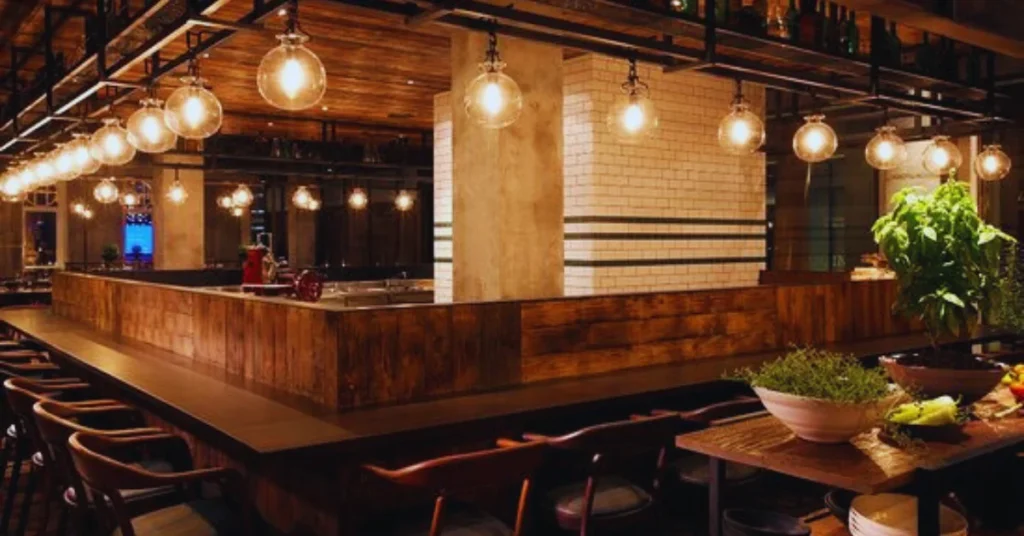
Key highlights of this style include:
- Exposed brick or concrete walls that add character and history
- Reclaimed wood tables and chairs for a sustainable, vintage appeal
- Metallic accents such as steel frames, pipes, or iron décor for an industrial edge
- Dim Edison bulbs or pendant lights to create a warm, intimate glow
- Open layouts that feel raw yet stylish, balancing ruggedness with comfort
This theme resonates with people who enjoy an earthy, urban atmosphere—where every corner tells a story of authenticity and charm.
3. Luxury Fine-Dining Elegance
Luxury design is about creating an indulgent experience. Fine-dining restaurants often feature marble flooring, plush velvet chairs, chandeliers, and artistic décor. Every detail, from tableware to wall art, is chosen to give diners a premium atmosphere. It sets the mood for special occasions and makes guests feel pampered.
As one of the most refined restaurant interior design ideas, luxury fine-dining focuses on exclusivity and detail. The use of high-end finishes, dramatic lighting, and rich textures transforms a dining room into a sophisticated escape. Soft background music, elegant table settings, and curated artwork all work in harmony to enhance the guest experience. This design idea is perfect for restaurants that want to position themselves as premium destinations where every meal feels like a celebration.
👉 Read More: Importance of Space Planning in Interior Design Projects
4. Nature-Inspired Green Spaces
Adding natural elements brings freshness and relaxation to your restaurant. Vertical gardens, potted plants, bamboo details, and skylights with natural light create a refreshing ambience. Customers feel more at ease, making the dining experience both calming and memorable. This eco-friendly design also appeals to modern diners who value sustainability.
Vertical Gardens and Green Walls
Living walls or vertical gardens instantly transform plain walls into lush focal points. They add freshness, absorb sound, and make the restaurant stand out as eco-friendly.
Indoor Plants and Natural Decor
Placing potted plants, hanging planters, or bamboo arrangements around the dining area enhances the natural vibe. Wooden tables, stone finishes, and wicker chairs blend perfectly with greenery.
Maximizing Natural Light
Large windows, glass partitions, or skylights allow natural sunlight to flow in, creating an airy and cheerful dining atmosphere. Pairing natural light with plants makes the space feel vibrant and healthy.
5. Artistic and Bold Concepts
In modern restaurant interior design, artistic and bold themes have become more than just a trend—they are a strategy for branding and customer engagement. Restaurants that adopt this approach use design as a statement, turning every wall and corner into an extension of their identity.
One of the most common features is large murals. These can be custom artworks that tell the story of the restaurant’s theme, culture, or values. For example, a seafood restaurant might use ocean-inspired wall art, while a café could showcase illustrations of community life. Such designs create an immersive environment where guests feel connected to the brand.
6. Open Kitchen Designs
An open kitchen allows diners to watch the chefs in action. This design builds trust by showing hygiene and transparency while adding entertainment value. Guests enjoy the excitement of seeing food being prepared, and the lively energy makes the dining experience interactive and fun. From an interior design perspective, open kitchens are about more than visibility—they are about integration of spaces. The dining area and the cooking area are seamlessly connected, turning food preparation into part of the overall ambience. Guests can see the flames, hear the sizzling pans, and even smell the fresh ingredients as their meal comes to life.
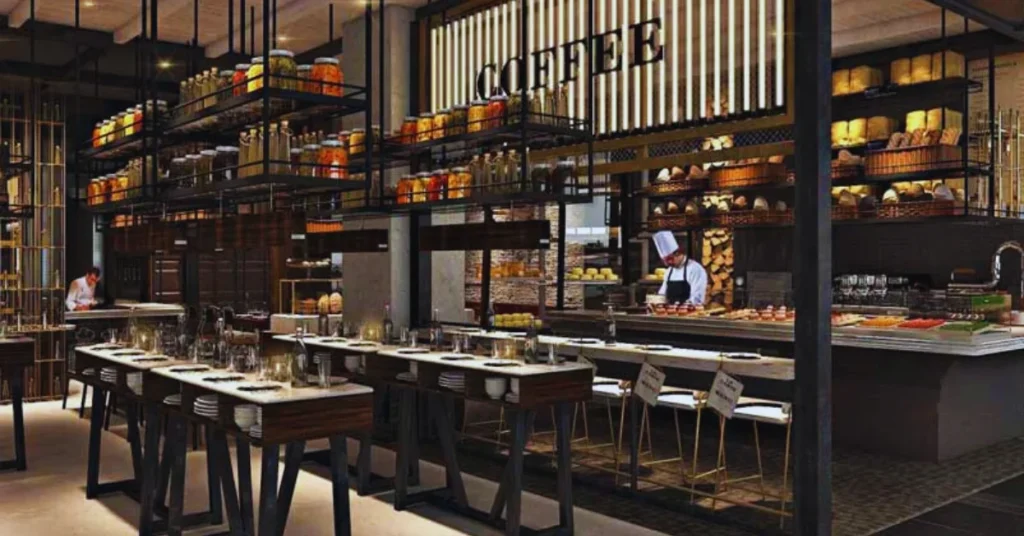
This concept also strengthens the restaurant’s brand identity. A fine-dining restaurant with an open kitchen may use polished counters, glass partitions, and soft lighting to highlight professionalism, while casual eateries might embrace rustic counters, exposed brick, and bar-style seating for a more laid-back feel.
7. Pavilion-Style and Flexible Dining
In the world of restaurant interior design, flexibility has become one of the most valuable assets. Guests no longer want static spaces—they seek environments that adapt to their needs, whether it’s a casual family dinner, a corporate luncheon, or an intimate celebration. This is where pavilion-style and flexible dining makes a powerful impact.
A pavilion-style layout blurs the line between indoor comfort and outdoor freedom. Restaurants that embrace this concept often use glass walls, sliding doors, or partially open structures that invite natural light and fresh air. The result is a dining experience that feels both refreshing and connected to nature—perfect for restaurants in scenic locations or urban eateries wanting to create a tranquil oasis within the city buzz.
8. Cultural and Traditional Themes
Cultural and traditional themes bring authenticity, soul, and character to restaurant interior design. Instead of creating a generic dining space, this approach allows restaurants to tell a story through design—a story rooted in heritage, craft, and cultural pride. Guests are not only there to enjoy a meal; they are invited into an immersive experience that reflects traditions, values, and identity.
One of the strongest tools in this design concept is traditional artwork and craftsmanship. Hand-painted murals, local patterns, and region-specific motifs connect diners with the cultural essence of the cuisine. For instance, a Pakistani restaurant might feature vibrant truck art, intricately carved wood panels, or handmade pottery that pays homage to local artistry. In contrast, an Italian restaurant could draw from Tuscan influences, using warm terracotta tiles, rustic wooden beams, and textured stone finishes to evoke the charm of countryside villas
Why Working with Professional Interior Design Firms Matters
While DIY ideas are inspiring, hiring professionals can make all the difference. They merge creativity with practicality and ensure compliance with safety codes. If you’re in Pakistan, Pavilion Design Consultants stand out as one of the best restaurant interior design firms in Lahore. Known for our expertise and creativity, they specialize in crafting spaces that go beyond aesthetics—designing restaurants that feel inviting, functional, and brand-focused. What makes PDC unique is our ability to blend modern concepts with cultural influences, ensuring that every project tells its own story.
Conclusion
Restaurant interior design is far more than arranging tables and hanging lights—it is the art of shaping emotions and crafting memories. The right design sets the stage for the entire dining experience, making guests feel welcomed, inspired, and connected to your brand. Whether you choose minimalist elegance, rustic warmth, or bold cultural themes, your design decisions communicate who you are and what your restaurant stands for. A thoughtfully designed space can capture attention, spark conversations, and make customers fall in love with your restaurant before they even take their first bite. In today’s competitive dining industry, great food may bring customers in, but great design keeps them coming back. Investing in your restaurant’s interior isn’t just about beauty—it’s about building trust, enhancing comfort, and creating experiences that people will cherish and share.
FAQs
What’s the most important principle of restaurant interior design?
Balancing functionality with aesthetics—customers should feel comfortable while enjoying a beautiful space.
What are trending restaurant wall designs?
Murals, neon signs, textured panels, and sustainable materials.
Should I hire a professional interior design firm?
Yes, professionals save time, reduce costly mistakes, and create tailored designs that match your brand.
Why choose Pavilion Design Consultants for your next project?
PDC is renowned for merging cultural authenticity with modern design, offering truly customized solutions.



